The time has come to say goodbye to my beloved Scott Scale long-termer. We’ve had a really fun year together, with some highs and some lows, some things that worked and some that didn’t, and some standout upgrades too.
So, what worked?
First thing’s first, the Scale is pretty light, and my complete stock build weighed around the 9.3kg mark in a size large. Even after adding pedals and making a few upgrades, such as the addition of a Rotor power meter, the bike came in at 9.28kg – almost the same as stock, but with pedals and a power meter added.
That respectable weight meant I had no excuses on the hills, and the whole frame package was plenty stiff enough.
The seat angle was relatively steep for a cross-country race bike at 73.6 degrees, so it was easy to get my hips over the pedals and into a nice climbing position when suffering up steep technical climbs.
The rest of the geometry was about spot on for an XC race bike (you can read more about this in a previous update below), and on the whole the Scott threw up no real surprises in terms of its handling.
I was a big fan of the Twinloc lockout system on the Scale. Being cabled meant there was no messing around with fiddly, and (dare I say it) unreliable hydraulic systems, and there was a nice positive feel to the under-bar mounted remote.
There are three positions on the lockout, but I found I rarely used the middle (trail) position and just ran the fork fully open or fully locked out.

Finally, being someone who isn’t a huge fan of proprietary components or endless bike fettling, I grew to love the unfussy nature of the Scale.
Bar the handlebar, there are no parts you won’t be able to find in a bike shop, and for someone who travels a fair bit, an uncomplicated bike is essential. After all, nobody wants to be frantically searching for a rare bike component the night before an international race.
What didn’t work?
To be frank, not much, but there are a few areas I think the Scale could be improved.
The bike has been around since 2016 and since then trends in tyre width have moved on, so I found the 2.35 Maxxis Rekon I wanted to run on the back ended up rubbing the chainstay during sprints. Ideally, I’d like wider tyre clearance, but I suspect this will be coming when Scott next updates the Scale.
As mentioned in my previous update, I wasn’t a huge fan of the one-piece handlebar/stem. It looks really cool, and if the sizing and shape suits you then great. However, I found the bars a little narrow at 720mm, which led me to replace it with a Schmolke bar and ENVE stem.
Obviously, if you’re paying for this, it means buying both a new bar and stem if you want to change anything. It’s a small point, but worth noting.
Standout upgrade
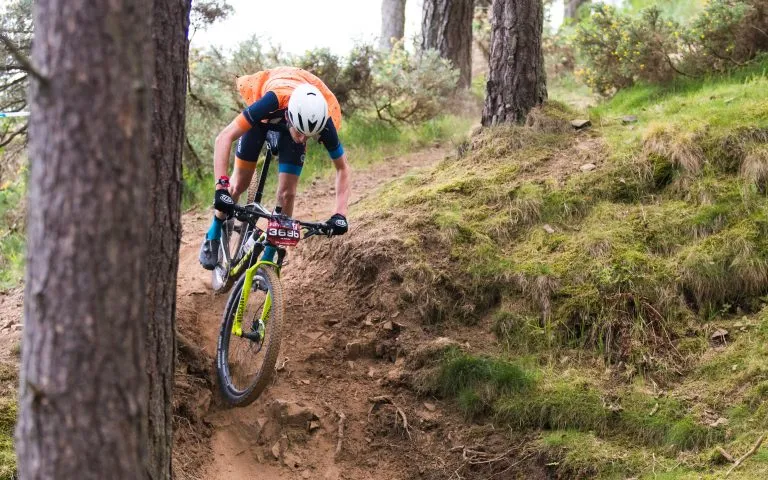
The standout performer in the upgrades department was the addition of 1,190g FSE wheels. Yes, you read that right, 1,190g.
While the weight was remarkable and, as you’d expect, they really flew up the hills, my favourite part about them was the fully sealed rim bed, which meant no messing around with tubeless tape or worrying that I was going to rip the tape when changing a tyre/fixing a puncture.
If you managed to break a spoke it would be a bigger job to fix because you need a magnet and some patience, but in my year of riding them it didn't happen, so wasn't a problem.
If you’re a really powerful rider, they’re perhaps not as stiff as something that weighs around the 1,450g to 1,600g mark, but hey, featherweight wheels are always going to have some compromises and for my 64kg frame they were plenty stiff enough.
The price? $2,495. Not cheap, but these are incredibly light and if you’re all about climbing as fast as possible on your cross-country bike, parts like this come at a cost.
Scott Scale 900 WC long-term overall
Just like most of the long-term bikes I’ve ridden over the past few years, I’ll be sorry to see the Scale go back. If you’re a privateer racer who’s interested in an uncomplicated, no compromise race bike then it comes highly recommended from me.
I’ve also heard some guy called Nino rides it and, apparently, he’s pretty good, so you’ll definitely have no excuses come race day.
Scott Scale 900 WC long-term review update one (29 July 2020)
Since my last update, not a lot has changed on my Scott Scale. I have spent plenty of time riding and racing it though, so I’ve started to get a truer picture of the bike’s performance and the upgrades I’ve made.
At the beginning of May I headed out to race a UCI marathon around Lake Garda in Italy. With close to 4,000m of climbing in around 90km of riding it was always going to be a tough day on the bike. Unfortunately, it was made even tougher when a large group of riders (myself included) took a wrong turn on the course, adding another 30 minutes on to the riding.
Despite the race not being a success, the Scale performed well, and it was the first big test for the FSE wheels, which I wrote about in my initial review below.
Weighing sub-1,200g they’re the lightest mountain bike wheels I’ve ever used, so I was a little worried they wouldn’t be up to the task of handling 4,000m of descending during the marathon. However, they held up great and so far have caused me no issues.
I’d perhaps prefer the 22mm internal width of the rim to be a little wider, because this would make a 2.25-inch tyre come up nice and wide, but so far they have really impressed.
My next race was the Glentress 7, in you guessed it, Glentress Trail Centre, Scotland. It’s a seven-hour pairs event and one I enjoy returning to every year.
The track is incredibly rough, especially for a featherlight hardtail such as the Scale, so once again, it was a proper test of the bike and the upgrades I’ve added.
The sub-100g Schmolke handlebars I upgraded to at the start of the year had me a little worried. How would they hold up to the churned up roots and rocks that develop throughout the seven hours on course?
Fortunately, just like the wheels, I had no issues with them during the race. Being so light, they’re obviously not as stiff as something like an EVNE bar. However they are half the weight, and plenty stiff enough for a 63kg featherweight like myself.
If you’re all about counting the grams and making your wallet significantly lighter, then these bars come highly recommended.
I’ve got less racing planned for the rest of the summer, but the Scale will still be used for all my training, so keep an eye out for my next update!
Original post (17 June 2019)

For 2019 I’ve been riding a Scott Scale RC 900 World Cup. It’s a high-end bike, ridden by arguably the greatest cross-country racer of all time, Nino Schurter, so it should be pretty damn fast. But pro-level speed isn’t the only deciding factor in what makes a great cross-country bike.
The current Scale model was released in 2016, so it’s been out for a while, but the opportunity for me to ride one didn’t pop up until the end of 2018.
Muchos excitement ensued because my first ‘proper’ XC bike was a Scale way back in 2012, and I have a lot of good memories aboard that bike, so was hoping the latest model would live up to the old one.
Scott Scale 900 WC specification and details
Coming in just north of £5,000 in the UK, the Scale RC 900 World Cup doesn’t come cheap, but thankfully it has a suitably fancy spec for the price. The frameset is made from Scott’s HMX carbon, which sits one model down from the 879g HMX SL Scale frameset.
This may seem like a cop-out on such an expensive bike, surely a £5k bike must have the absolute best frameset available? True, but apparently Scott’s pro riders, e.g. Nino Schurter, actually use the marginally heavier and crucially tougher HMX carbon frameset. So, if it’s good enough for Nino, perhaps I shouldn’t be complaining.
Elsewhere, there’s a RockShox SID RL3 Air, with a custom Charger damper that has three modes of adjustment. This is thankfully connected to a cable lockout, which sits aboard Scott’s striking Fraser iC carbon bar/stem combo (more on that later), so no flaky hydraulic lockouts here.

The groupset is a mix of SRAM’s XX1 and X01 Eagle groupset, which comes with a more amateur friendly 32t chainring (hurray!).
Wheels are DT Swiss X1675 Spline CL (a terrible name for a product in my opinion), and they come with Maxxis Rekon Race tyres in 2.25in. It’s worth noting here that Scott’s come setup tubeless, which is a real bonus compared to other brands, which supply their bikes with cheap inner tubes.
Finally, the rest of the finishing kit is courtesy of Scott's in-house brand Syncros and it’s all nice stuff.
What’s the weight for this race-ready, size large bike out of the box? Just north of 9.3kg without pedals. That’s plenty light enough for a weight conscious XC/marathon racer like myself.
Scott Scale 900 WC full specification
- Sizes (*tested): L
- Weight: 9.3kg, size large (without pedals)
- Frame: Scale RC Carbon HMX Frame
- Shock: N/A
- Fork: RockShox SID RL3 Air
- Shifters: SRAM X01 Eagle Trigger
- Derailleurs: SRAM XX1 Eagle
- Cranks: SRAM XX1 Dub Eagle Boost
- Wheelset: DT Swiss X1675 Spline CL
- Tyres: Maxxis Rekon Race 2.25 TR/EXO
- Brakes: SRAM Level TLM Disc
- Bar: Syncros Fraser iC SL Carbon.
- Stem: N/A
- Seatpost: Syncros FL1.0 Carbon
- Saddle: Syncros XR1.5 / Titanium Rails
Scott Scale 900 WC geometry
The Scale has what I would call progressively conservative geometry. This means it’s not mega slack (for an XC bike), but at the same time it’s not old-school steep.
The head angle is 69.5 degrees, the seat angle is 73.6 degrees, the chainstays a nice and short at 425mm, while reach is 443.3mm and the wheelbase is 1,127.9mm.
All this adds up to a bike that should handle fairly well on most XC and marathon courses, without throwing up any nasty surprises.
- Head angle: 69.5 degrees
- Seat angle: 73.6 degrees
- Chainstay: 425mm
- Seat tube: N/A
- Top tube: 625mm
- Head tube: 115mm
- Bottom bracket drop: N/A
- Wheelbase: 1,127.9mm
- Stack: 617.7mm
- Reach: 443.2mm
Why did I choose this bike?
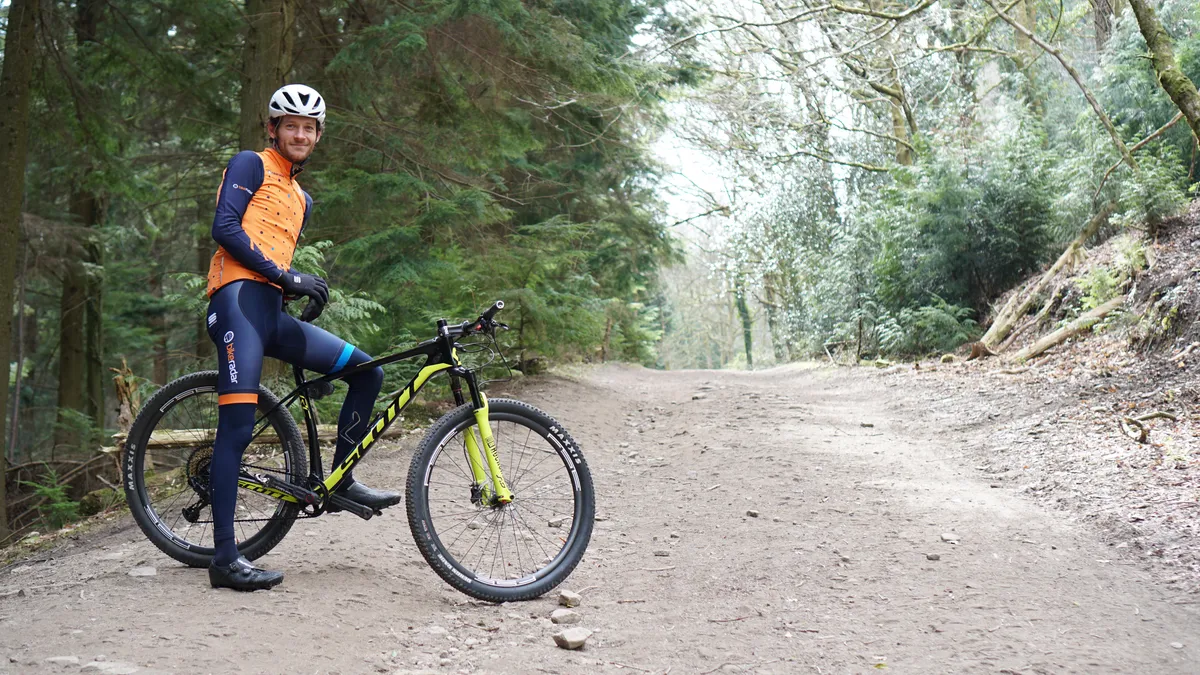
I like to ride long marathon races with plenty of climbing, and… you don’t get many of those in the UK, so most of the races I do end up competing in are in mainland Europe.
Obviously, this means a lighter hardtail is still the way to go for a relative featherweight like myself. While you may lose some time on the descents compared to a full sus, I still think you make up much more time on the climbs.
I usually fly to these races, so simplicity and reliability are also important, and again a hardtail is the best choice for me. A full suspension bike may look and handle great, but the maintenance costs in terms of money and time while I’m away at events can be a problem.
Scott Scale 900 WC initial setup
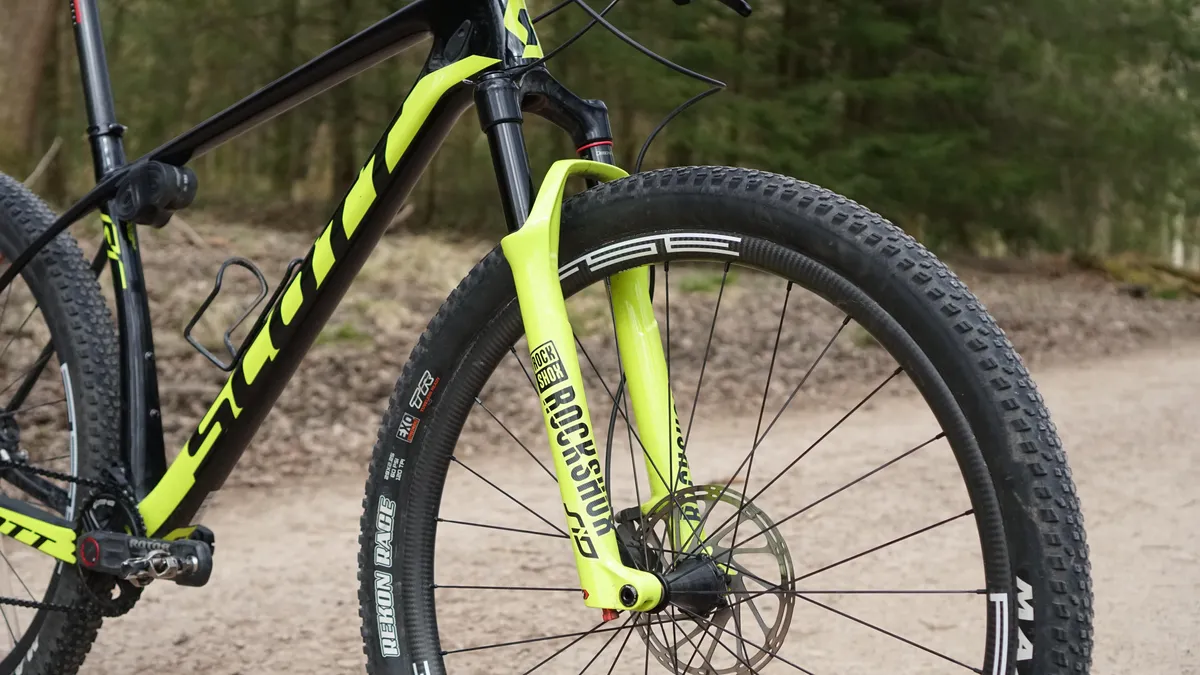
Because it’s a hardtail, setup for the Scale was super easy. I have all the measurements from my previous bike fit and always start with RockShox' recommended pressure for my weight on the forks. In this instance, around 95psi seemed to be the sweet spot.
Scott Scale 900 WC ride impressions
When riding the Scale, it’s hard not to slip into the usual superlatives that often litter any bike review I happen to write.
It’s more than stiff enough for my 64kg frame, yet there’s an added level of comfort built into the carbon that the old Scale didn’t have. Granted, you’re still riding a hardtail and you certainly feel those bumps, but it’s not like the XC hardtails of old.
I’d perhaps like the seat angle to be a touch steeper, which would hopefully allow for a more centred position when climbing, but it still climbs as you expect a 9.3kg hardtail to climb. So the only excuse I’d ever have on race day would be my puny legs.
Descending once again throws up little in the way of surprises. I’ve already raced the Scale in Lanzarote at the Club La Santa four-day UCI stage race, and while none of the descents were hugely technical, I felt more than comfortable letting the brakes go for some terrifying ‘euro-esque’ fireroad bombing.
Hopefully I’ll have done some more technical/gnarly descending on the Scale when my next long-term update comes around.
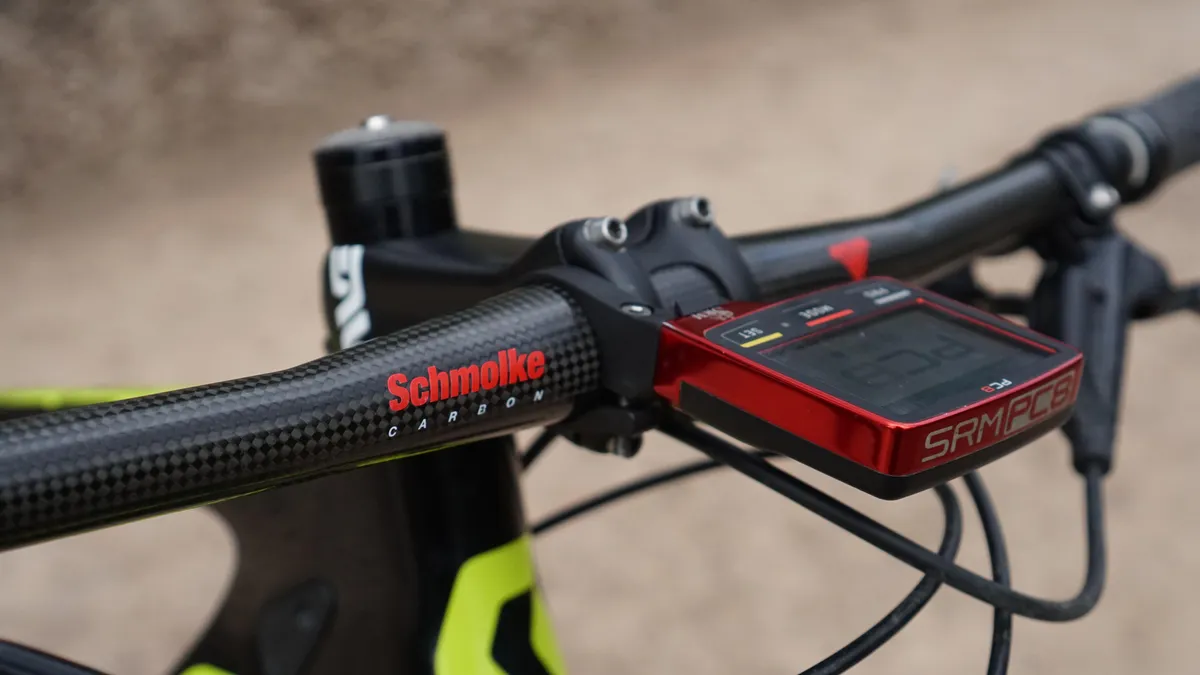
A few quirks
As you can probably tell, I’m a big fan of the Scale, and think it’s a brilliant race bike. However, as with any bike, there are a few quirks that I’m not so sure about. First up is the Fraser one-piece handlebar/stem combo.
While the one-piece setup is incredibly stiff, the bars are what I’d now class as a touch narrow at 720mm. As the old saying goes, you can always make a wider bar narrower, but you can’t make a narrower bar wider, so something around the 740 to 760mm mark would suit most riders better.
Then you have the adjustability issue. Obviously if you want to change the length of the stem or the width of the bar you’re going to have to buy a whole new bar/stem combo. And, while Scott does offer the Fraser bar at plenty of different stem lengths, it’s still more expensive than just going out to buy a stem on its own.
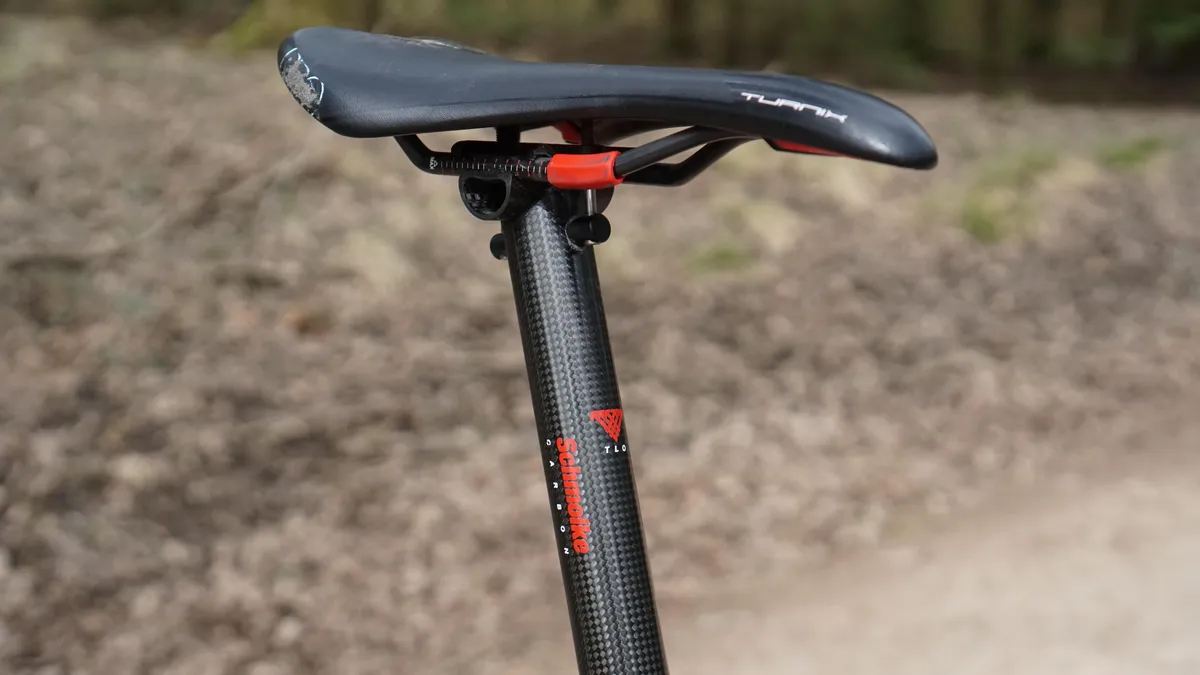
Having changed the seatpost (more on the new upgrade in a bit) I now think the stock Scott model is perhaps a touch too harsh, and could do with some flex/compliance building in to match the relative comfort of the frame.
This is something that brands such as Merida have done with the seatpost on its Big Nine hardtail, and it makes a real difference to how battered your body feels after a tough ride or race.
However, as I previously mentioned, these are just quirks and far from deal breakers, so don’t let them put you off the Scale.
Scott Scale 900 WC upgrades
As you can see from some of the pictures, the Scale is far from stock and I’ve already had some tasty upgrades for the bike.
First up was the FSE (or Filament Spin Evolution) XC30 Extralite wheels. If you haven’t heard of FSE before, it's a relatively small company owned by a nice chap called Dan Kellerby.
Its unique selling point is that the rims are built using a process called filament winding, which is claimed to create a much stronger wheel than more traditional techniques.
The rims are 30mm deep and 22mm wide, so not hugely wide, but when you combine them with some Italian-made Extralite hubs, you get a cross-country wheelset that weighs just 1,190g!

It’s also worth mentioning that the rim bed is fully sealed, which means no tubeless tape and an incredibly quick setup process. I haven’t had these wheels fitted long enough to pass a full verdict yet, but so far, they have been mightily impressive and could end up being a legitimate competitor to the more established brands on the market.
Next up is Schmolke’s bar and seatpost. I’ve already done a first look video on these remarkably light products, and since then I’ve done plenty of miles on them.
The handlebar weighs just 96g and has incredibly low torque values, so it was hard not to think ‘they just won’t be stiff enough’ before I put them on. Thankfully, that wasn’t the case and just like the wheels I’ve been seriously impressed with Schmolke’s handlebar.
Granted, it’s not as stiff as something like an Enve cross-country bar, but it is half the weight, and I’ve had absolutely no issues since fitting it around the beginning of January.
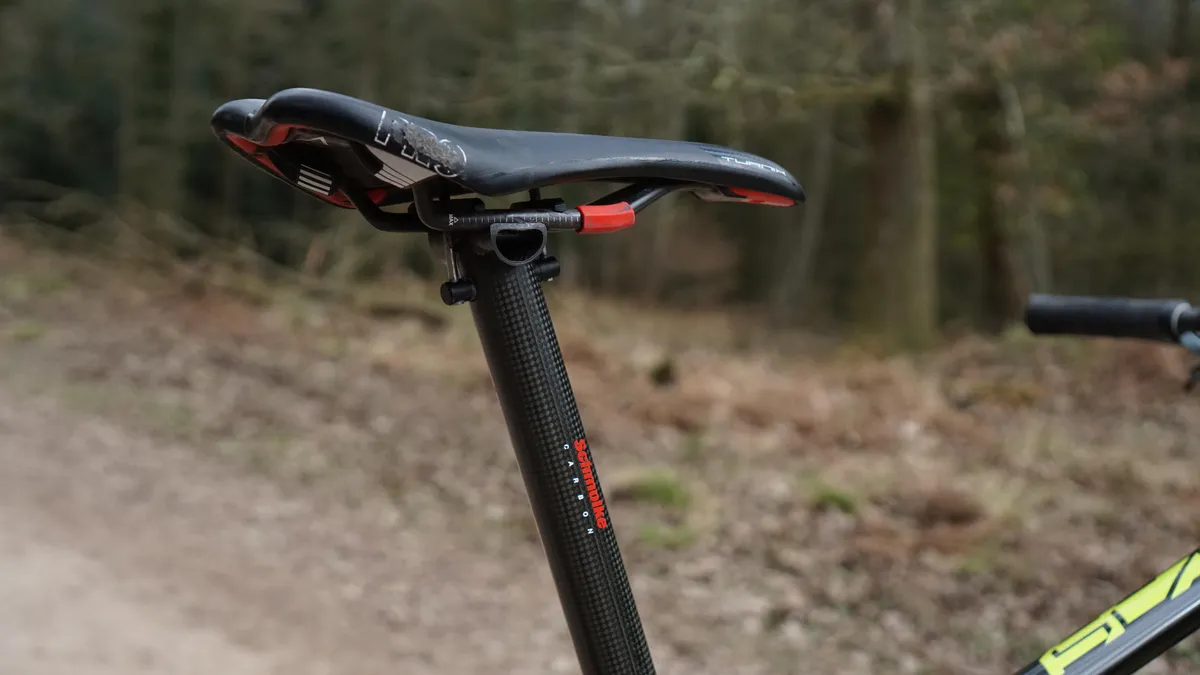
The seatpost has taken a little longer to dial in. Once again, Schmolke states incredibly low torque values for the saddle mount on the post, and suggests starting with the lowest value first to see if that holds, before tightening up to the highest value.
This meant that I did have some slippage during the second stage of the Lanzarote race, which wasn’t ideal. However, since tightening it up to the maximum torque value, there’s been no slippage, but I still want more time on it before passing a final verdict.
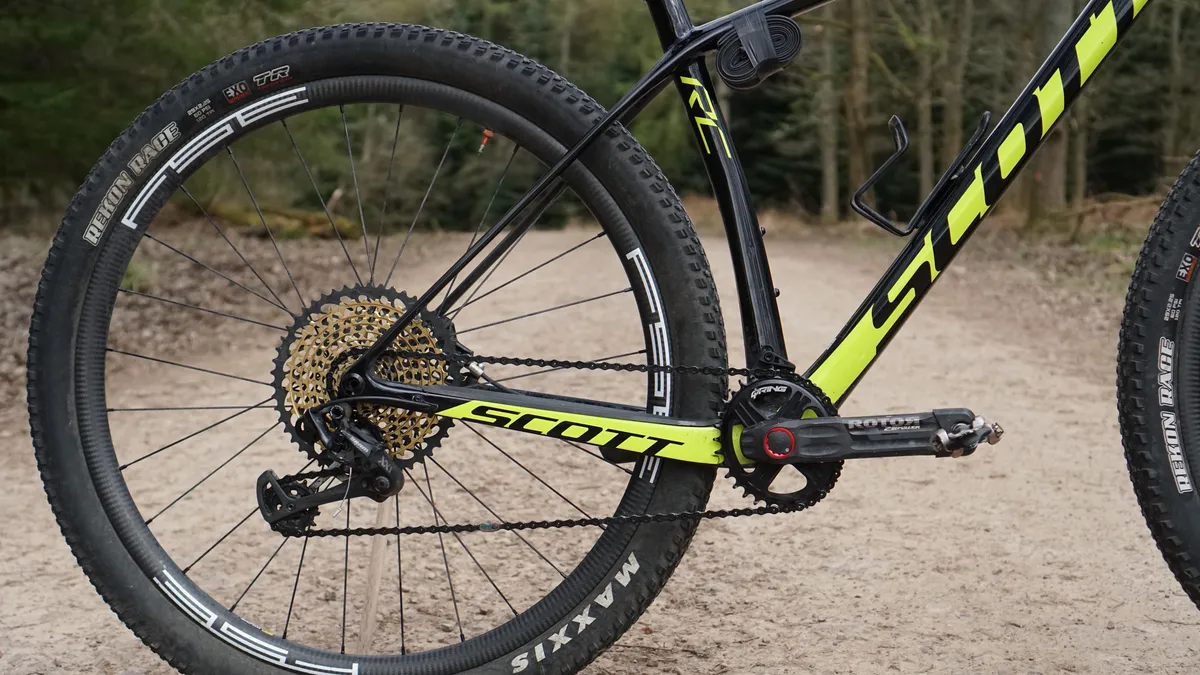
Where the post does impress is with the amount of flex built in to it. I thought a 119g seatpost would be decidedly firm, with very little compliance, however I’ve been pleasantly surprised by the amount of give and comfort.
A riding friend mentioned that he could visibly see it moving while I was riding, and you can definitely feel the give/flex when pushing hard over bumps. This makes things a touch more comfortable compared to the stock Scott post, and something I’ve really come to appreciate over the last few months.
Finally, I’ve put my trusty Rotor 2INpower power meter on the bike. It’s a product I used on my 2018 long-termer and I’ve been thoroughly impressed with its performance over nearly a year and a half of riding.
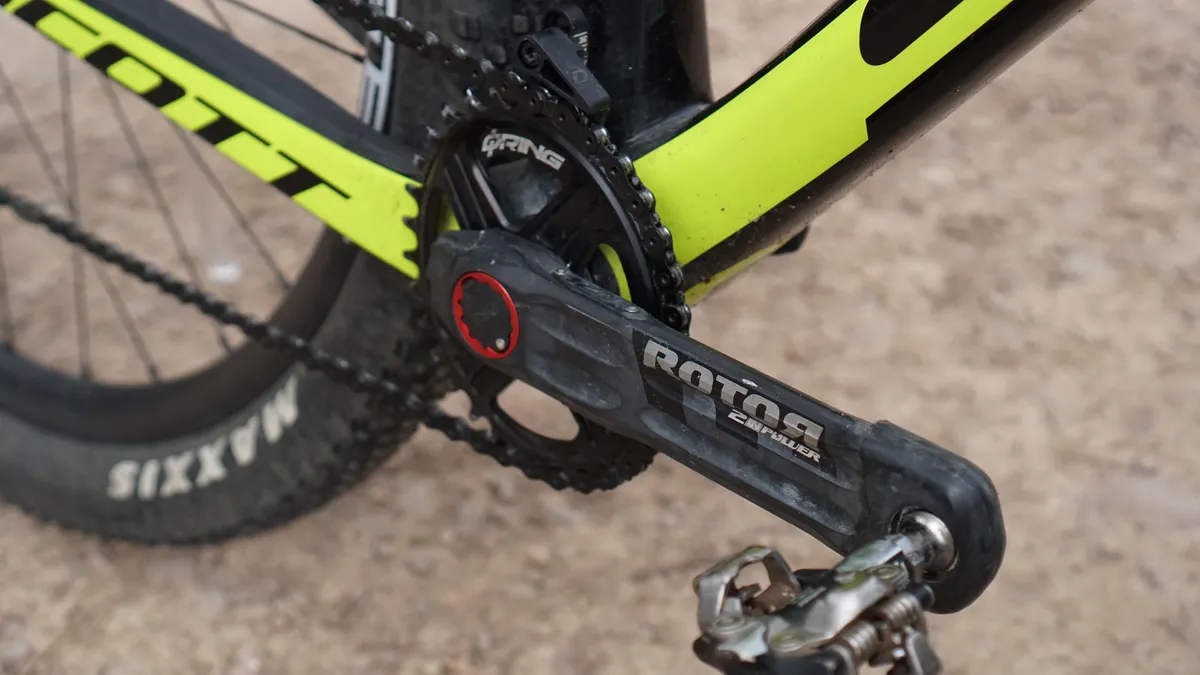
As you can tell, I’ve been enjoying my time on the Scott Scale and can thoroughly recommend it to any XC/marathon racer based on my experiences so far.
